This December, I published The Last Hunt for the Jabberwock: A Feywild Adventure in Ecologic Succession on the Dungeon Master’s Guild. Last Hunt for the Jabberwock is a 12 to 20 hour Dungeons & Dragons campaign with a twist: the adventure, set in a whimsical forest in the midst of tremendous environmental change is complemented with a series of lesson plans for teachers. These lessons weave ideas of forest succession, the ecology of fire, and the environmental impacts of building and removing dams into the adventure, and provides tools for educators to talk about these lessons both within and beyond the campaign. The adventure also includes suggested Common Core and Next Generation Science Standards for middle and high school to help teachers fit the campaign into their formal curricula.
Running a D&D campaign for your students can be a daunting task. After running the Jabberwock campaign a few times (as well as similarly delightful adventures through my D&D program at the public library), here are are a few suggestions for running a D&D campaign as an educational experience.
Please note: there will be mild spoilers for The Last Hunt for the Jabberwock: A Feywild Adventure in Ecologic Succession.
1. Lead with adventure
Dungeons & Dragons is, first and foremost, supposed to be fun. Last Hunt for the Jabberwock was designed with the adventure first: a whimsical forest is undergoing dramatic changes after the death of a legendary predator. It is up to the players to uncover a centuries-old plot, discover the real villain, and save the forest, all while participating in a ceremonial Hunt for the Last Jabberwock. They’ll meet giant frogs and wish-mining mice and a rabbit who is also a powerful de-extinction obsessed necromancer. You can run the entire adventure without using any of the included lessons (it’s a very fun, very whimsical Feywild adventure with all the weirdness and wonder and puns you would expect). The lessons are designed to add to the adventure, helping your players discover the secrets of the forest as they explore, rather than dragging them out of the adventure for a lecture on secondary succession.
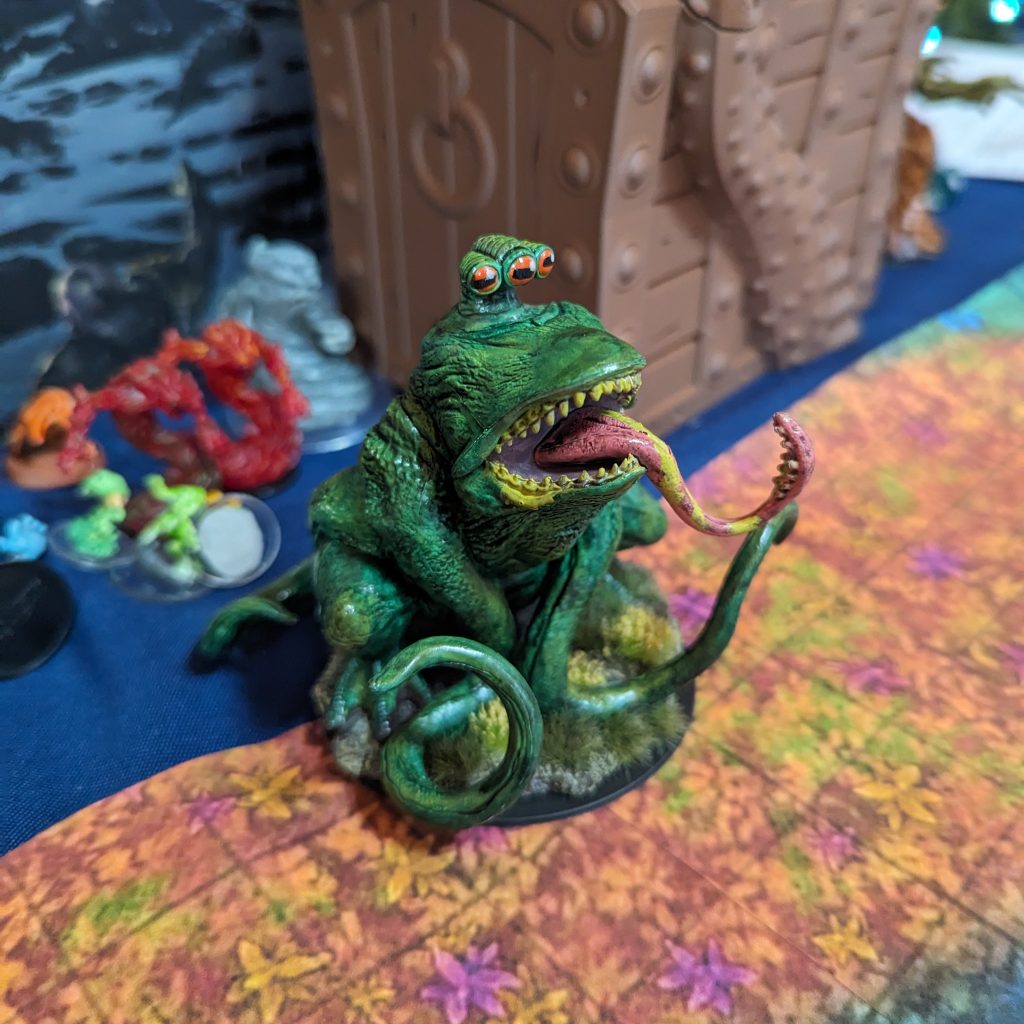
2. Weave the lessons into the world
Part of the fun of The Last Hunt for the Jabberwock is that the discovery of the ecologic principles that underlay the adventure happens slowly, as the players explore the forest and learn about its history. There’s no moment when a teacher would want to go “alright, stop, it’s time to talk about forest succession”. Those lessons are allowed to flow naturally through their own exploration. The in-class, out-of-game exercises are designed to allow students to think and discuss what they’ve discovered about their Feywild forest while learning about similar phenomena in the real world. And they can then discuss, both in and out of the game, how their characters might respond to this knowledge and how it will shape the rest of their adventure.
3. Support the adventure outside of the game
Central to making this an educational experience, and not just a game with some ecologic elements, is supporting the adventure outside of the game. The included lesson plans help guide you through the process of exploring real-world examples similar to what the player encounter during their adventures through the Feywild, but they also include activities that tie directly back into the campaign. The players will ultimately have to make a series of important decisions about how to approach the forest, the dammed river, and the three powerful characters they have met along the way, all with different schemes and motivations. Through both in-game and real-world examples, your students can be encourage to discuss and debate the various merits of their plans and how they would impact both the fictional Feywild forest and the real ecosystems they are studying.
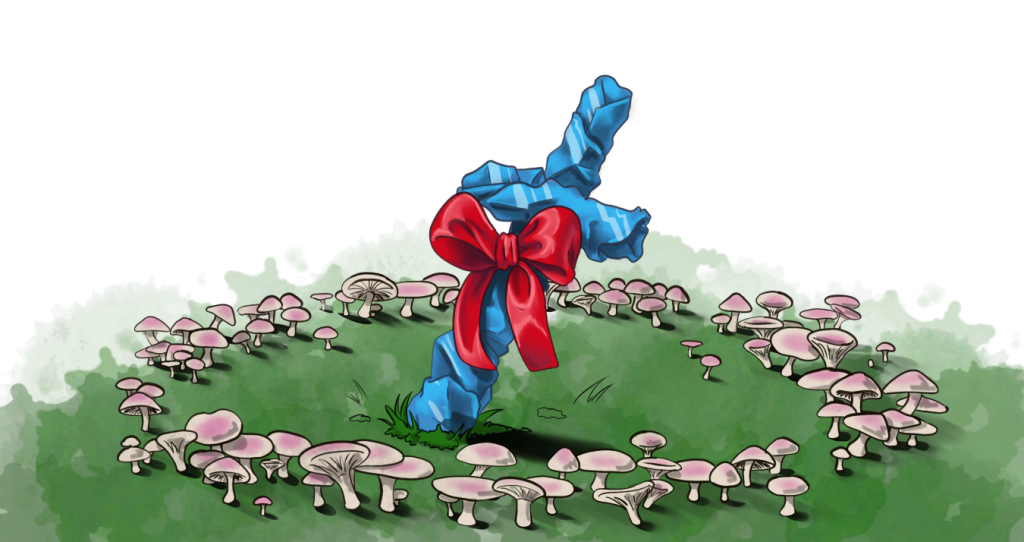
4. Not every lesson needs a plan
The Last Hunt for the Jabberwock has three lesson plans, but those are not the only educational components of the adventure. Early on, players will have to wrestle with language as they chase a mischievous satyr into the swamp. In the process of crafting a potion to clean a particularly noxious putrid curse, players might discover that they are learning to make soap from lye and ash. They could face off against a lake of invasive Snakeheads (I am a Marylander and there are many, many Maryland puns in my corner of the Feywild) and discover how and why this invasion began. All of these could be mini-lessons in themselves, or you could exercise a light touch and let your players discover the broader lessons on their own.
5. Encourage creative exploration of concepts
There is no right way to win The Last Hunt for the Jabberwock. The players will ultimately make a series of decisions and see the consequences of those decisions play out. There are no hard and fast solutions that will make every character happy and there is no silver bullet that will save the forest and protect all the communities that live there and defeat the villains and satisfy the heroes. They will have to make choices and all those choices come with tradeoffs. You don’t need to push your students towards one path or the other. They can choose to be radical environmentalist or pragmatic community defenders or happy hunters and they will get to see how those choices change the forest. There’s no “bad” ending (ok, there is one “bad” ending, but you would have to make some very consistently evil choices in full knowledge of the consequences to get that ending).
And if they want to see what other outcomes are possible, there’s another Last Hunt for the Jabberwock every 30 years. You can replay the adventure again and try an entirely different path.
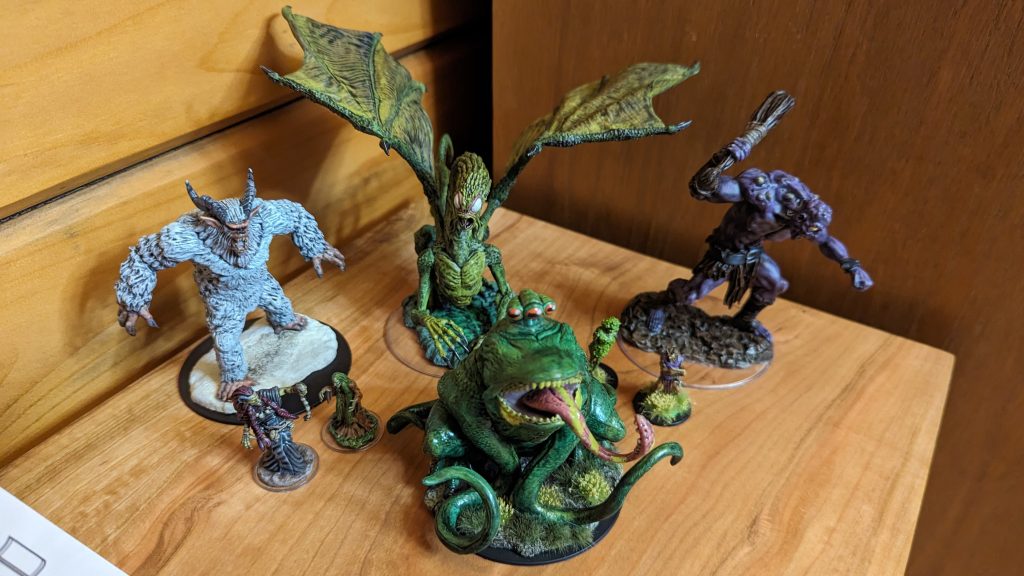
6. Stay on track, but don’t be afraid to wander
In all Dungeons & Dragons campaigns, the Dungeon Master has to strike a balance between keeping the party on track and allowing them to set their own parameters for adventure. A clever DM can let the party go wild and let them decide the journey, but as an educator, you have an extra goal of ensuring that the adventure doesn’t diverge so far from the plan that the lesson is lost. In The Last Hunt for the Jabberwock, the adventure follows a hub and spoke model, where the players are guided to a starting location and then have full freedom to decide where to progress from there, with three main pathways and infinite variability open to them. The adventure then pulls them back in for the climax, but that climax is also filled with choices. There are dozens of different ways to end The Last Hunt for the Jabberwock, all of which keep the players focused on the central story while allowing them freedom to explore. An entire section of extra side quests and random gameplay elements keeps every session fresh and interesting. No party will meet every character or complete every quest in a single playthrough.
7. Embrace multiple disciplines
The Last Hunt for the Jabberwock is, fundamentally, a story about ecology. But it is also a story about Jabberwocks, and you can’t tell a story about Jabberwocks without introducing Lewis Carroll’s most famous poem, The Jabberwocky. While the bulk of the lessons are designed around ecology and forest succession, I also include a lesson plan to introduce the poem, talk about wordplay and nonsense words, and introduce some literary concepts into the adventure. You don’t have to be pigeonholed into a single discipline, D&D is expansive enough to allow a multi-disciplinary approach, with elements of science, critical thinking, literary analysis, language, social science, and performance. There’s no reason to limit the adventure to a single class or subject.
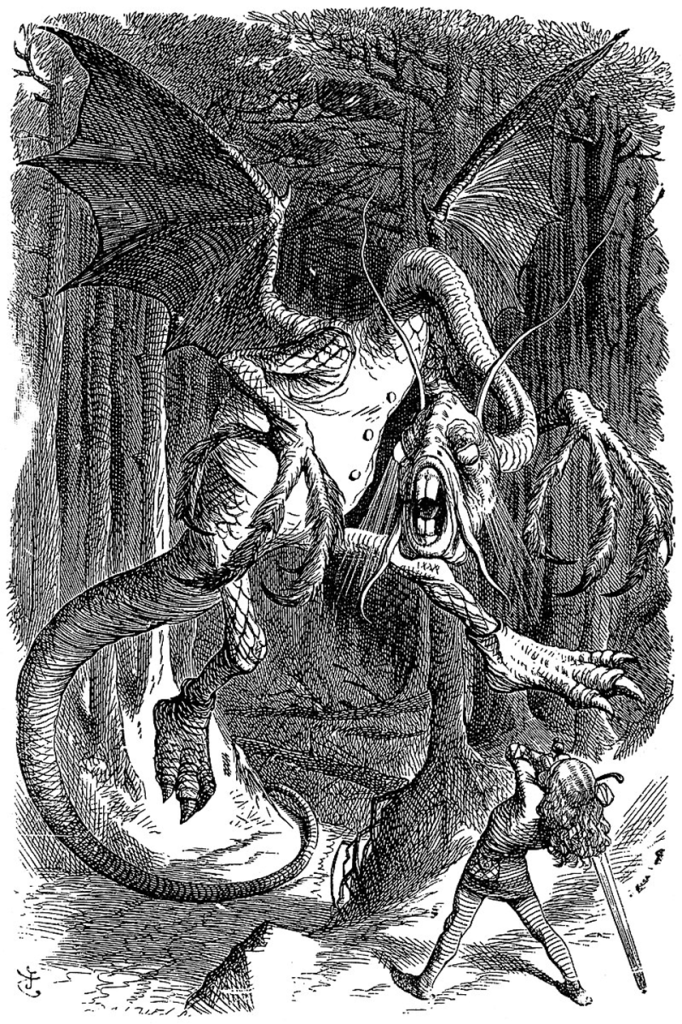
8. Let your students make mistakes
There are no wrong answers in Dungeons & Dragons. One of the benefits of this kind of freeform exploration of concepts and ideas is that you’re students can go completely out into left field and still have a great time while learning something about the world around them. The Last Hunt for the Jabberwock is designed to be forgiving but still challenging. Characters can lose and still find their way to a satisfying conclusion. You don’t need your students to make the “right” choice about how to protect the forest for them to have a meaningful educational experience. They can go the whole adventure without unmasking the real villain (or villains) and still feel like they triumphed. The beauty of D&D is that the story becomes what you make it, so don’t worry if your players aren’t doing exactly what you want, it’s their adventure, you’re just facilitating it.
9. Pick and choose what works for you
Teaching with Dungeons & Dragons can be a logistical nightmare. You need a decent chunk of time to run a session and to coordinate among players. The Last Hunt for the Jabberwock is designed to be more modular than a traditional sprawling campaign, with each encounter designed to advance some part of the plot. If you have time available to you in the form of long class blocks or after school sessions, there are numerous side quests and other random elements to make the adventure more immersive. You don’t have to face the Frumious Bandersnatch, or find the Shovel of Diggy Holes, or chase the Fishfolk out of the dam. There are multiple points where you can expedite the adventure if time is limited, or you can create an expansive, semester-long treat for students. The choice is yours.
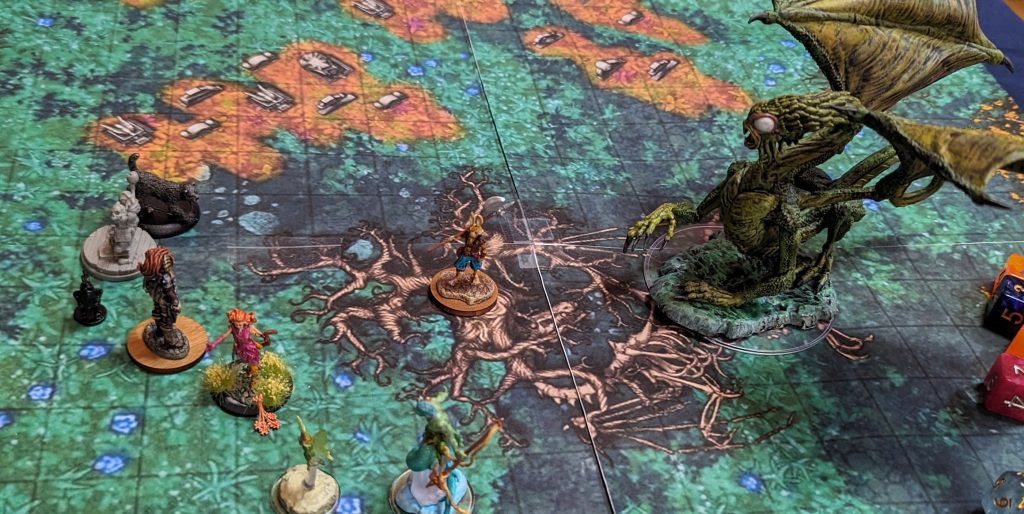
10. Focus on a few specific learning standards
When I started building out the lesson plans for The Last Hunt for the Jabberwock, I made the mistake of compiling every possible learning standard into the curriculum. This produced an unwieldy and ultimately uninformative list of vaguely appropriate lessons. I then went back and parsed it down to just the very specific concepts that would most help teachers decide if this would be a useful resource for class. We hit on NGSS standards like MS-LS2 Ecosystems: Interactions, Energy, and Dynamics and HS-ESS3 Earth and Human Activity, which very aptly capture the ideas contained in our lessons on forest succession and the environmental impacts of building dams, rather than creating a grab bag of tentatively connected standards. This produced a much more focused set of lesson plans that were far more likely to be useful to educators.
The Last Hunt for the Jabberwock: A Feywild Adventure in Ecologic Succession is available at the Dungeon Masters Guild. A complementary Map Pack is also available for purchase.
Southern Fried Science is free and ad-free. Southern Fried Science and the OpenCTD project are supported by funding from our Patreon Subscribers. If you value these resources, please consider contributing a few dollars to help keep the servers running and the coffee flowing. We have stickers.
